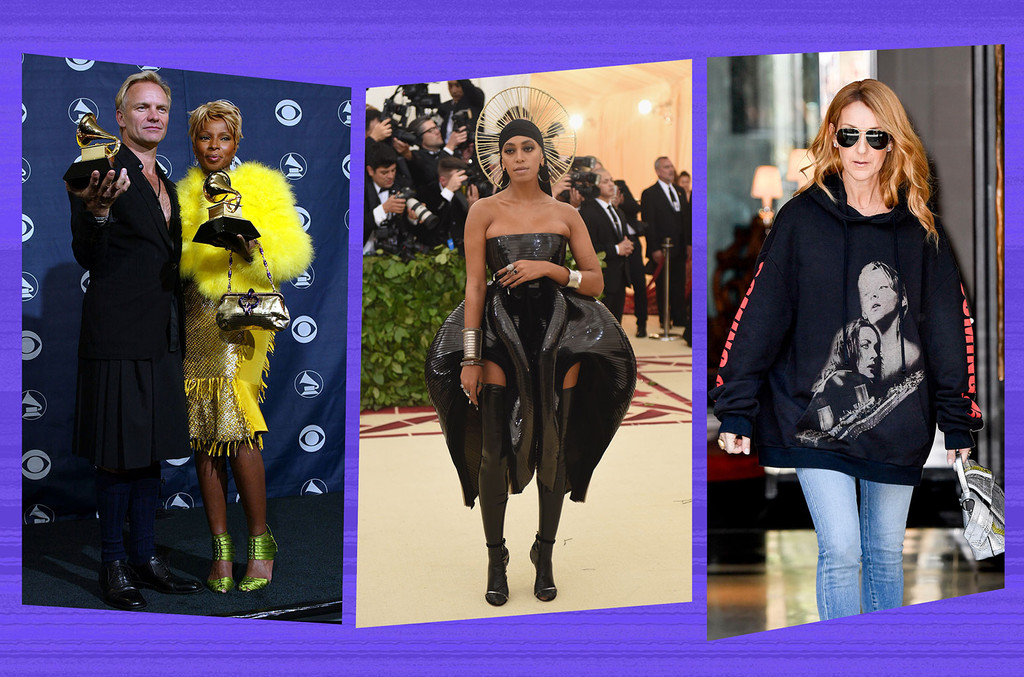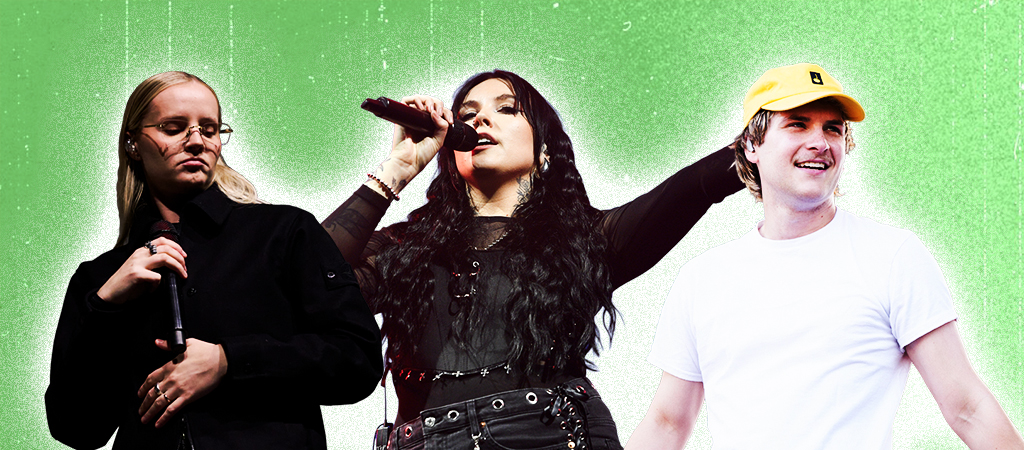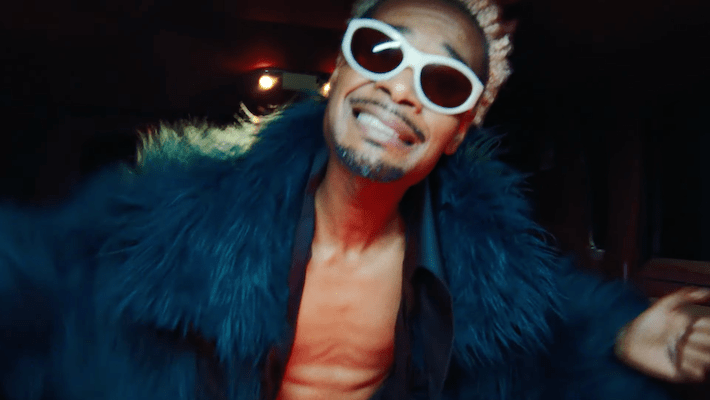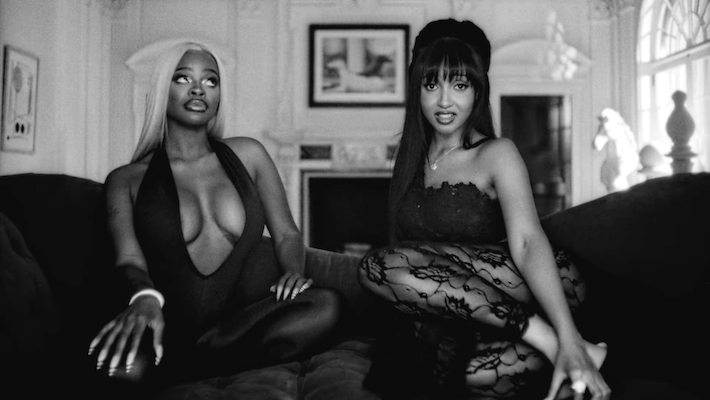Law Roach, Kyle Luu and David Thomas explain how looks for Céline Dion, Solange and Sting came together — and why they cut through the noise
This story is part of a series spotlighting LGBTQ creatives — from art directors to glam squads — who help bring your favorite artists’ visions to life.
Styling celebrities might sound like the most glamorous job on earth, but there’s more to it than putting beautiful people in beautiful clothes. Fans don’t see the endless email chains, the hours-long fitting sessions, the last-minute wardrobe malfunctions and the shipping disasters that can undo weeks of planning in an instant.
But it’s all worth it, stylists say, for the moment when an artist steps out in clothes that make them feel invincible. Here, three wardrobe experts — Law Roach, Kyle Luu and David Thomas — recount the work that went into some of their most memorable looks for pop’s best and brightest.
Law Roach on Céline Dion’s 2016 throwback Titanic look:

As an image architect, part of my skill set is watching the physical transformation in the client: the posture, the smile. I know right away when a client puts something on whether they like it. When their walk is a little sexier, when their shoulders are back and their head is a little higher, it’s a euphoric feeling.
There wasn’t any conversation about direction with Céline [when we started working together in 2016]. The world already had an assumption about her, but our first fitting in Paris — which lasted five or six hours — was when I truly understood who she was. She tried on every single thing in the fitting, and the things she gave the most non-verbal cues about were the wild cards. It was an a-ha moment.
I had the Vetements Titanic sweatshirt for at least a week before I showed it to her. It was sold out, so I had to get it from the Vetements archive. I thought it was cool, but that was the only time I’ve had a little bit of hesitation with her. I didn’t want her to think it was too campy or too cliché — but now we all know Céline is the queen of camp!
She had planned to wear something else that day, but she loved it and was like, “I want to wear this now.” So I was literally running into the closet and grabbing a pair of jeans and some Gucci heels and some accessories. At that time, she was performing in Paris on tour, so that was probably what she wore to the venue for soundcheck. But there’s no difference between Céline at a red carpet and Céline at a grocery store. She wore a Vetements sweatshirt that day, but she’s also worn all-white Ralph & Russo couture to do the exact same thing. She’s a real consumer and a real lover of fashion. So she’ll wear a $125 pair of jeans, but she’ll also wear a dress that costs thousands of dollars. There’s no right or wrong choice for her.
The sweatshirt was so disruptive because it was coming from a place where people never would have expected her to go. People didn’t expect her to even know the sweatshirt existed because at that point Vetements was still new. To see the queen of Las Vegas, the queen of glitter and sequins, wear something that was so toned down and at the same time so loud when it came to streetwear? It didn’t make sense for people. But I think that’s when the best things in pop culture happen: when things collide that don’t necessarily make sense.
Kyle Luu on Solange’s 2018 Met Gala look:

Anytime we start a project with Solange, we get on the phone or discuss things over text, so things are really thought out. It starts with a bunch of reference images: Maybe it’s a performance art piece she saw, maybe it’s a sculpture or a weird pattern. There’s a lot of prep work that goes into styling. It’s researching art history, films — everything but fashion. We never really reference other fashion imagery when we’re doing conceptual storytelling.
The theme that year was Heavenly Bodies: Fashion and the Catholic Imagination, but the thing about that imagery is you don’t ever see Black figures, so we wanted to go against the grain for it. I remember starting off talking about the sculpture on the hair, but the dress wasn’t confirmed for the red carpet until the day before. The night before, she posted images on Twitter of dresses she wanted to wear because she couldn’t decide. We ended up following our gut and decided to go with the Iris van Herpen dress.
The do-rag came about half an hour before we walked out the door. We were in the Garment District and ran out to get the crystals for it. We were cutting and stitching the pattern as we were walking to her car. Ninety-five percent of the time you’re doing something last minute. The most wonderful thing about working with someone like Solange, or an artist that has that imagination, is matching their energy and being able to flow with them. When she was awarded the Lena Horne Prize, her top popped. We had thread, but it wasn’t black, so I was like, “Hand me the mascara, I’m just going to paint this!” You have to be on your toes at all times.
A look stands out when you’re just telling your story authentically. We never go out expecting to be on best-dressed lists — I think that’s too much pressure to perform, and it’s kind of an old concept. If we feel passionate and feel 100 percent about it, we go with that. We’re not trying to blend in. We’re not trying to follow a trend or start a trend. We’re just living our truth, and that’s what we do every day as queer and trans people. That’s what Black women do every day. That’s how we choose to stand out. A lot of people have a hard time doing that because of social norms about what people consider to be normal or cool. But when we’re bringing what we live by to whatever medium we’re working on? That’s what makes our voices stand out — that’s what makes our imagery pop.
David Thomas on Sting’s 2004 Grammys look:

When you’re on a job, you are literally auditioning for your next job. I was living in London and styling an artist called Craig David, who had done a song [“Rise & Fall”] that sampled Sting. He got Sting to sing his part in the music video, so they asked me to style Sting for that, too, and that’s how I started working with him.
When you’re doing a bunch of awards shows, you want to pace yourself so there’s a distinction between what you’re doing for each. Maybe it’s more appropriate that you wear a traditional black tie for the Oscars, but for the Grammys, we wanted to do something a little more rock’n’roll, a little more out there. Sting always had been a Jean Paul Gaultier fan, so we came up with doing the kilt. He’s kind of fearless when it comes to fashion and the way he presents himself as an artist, so it felt believable — which is essential, I think, if you’re going to put a man in a kilt on the red carpet.
Then we had to put the whole outfit together. We decided on a suit jacket because very often a kilt is worn with a cropped jacket. But I didn’t want it to look costumey, so we decided to go dark on the socks and shoes, which is not traditional if you wear a kilt. Nothing was really working for a shirt, so in the end I went to a shirt-maker in Beverly Hills called Anto — they’ve made shirts for Frank Sinatra and the Rat Pack — and they made a navy chiffon tuxedo shirt that was kind of see-through and had ruffles down the front. That was what made the outfit complete.
On the day of, Sting and his family got ready together. You could tell it was an exciting moment. The most important thing about clothes is how they make you feel, and he was really feeling it. I was like, “This is working, this is going to be great.”
On the red carpet, the look was kind of polarizing. But an agent saw that Grammys look and tracked me down: “If you styled Sting, I want to represent you.” That’s how I came to live in Los Angeles. So that Craig David video was a Sliding Doors moment. Part of you is like, “Oh my God, another person to dress? I haven’t got any time.” Another part of you is like, “Oh my God, what an opportunity!” I try to always say yes — you just don’t know where it’s going to lead.



